The flag of Uganda is a beacon of sovereignty and pride, embodying the nation’s identity and values. It encapsulates the essence of the country’s landscape, its people’s aspirations, and the mosaic of cultural traditions and natural resources, reflecting Uganda’s journey, challenges, and triumphs.
Flag of Uganda
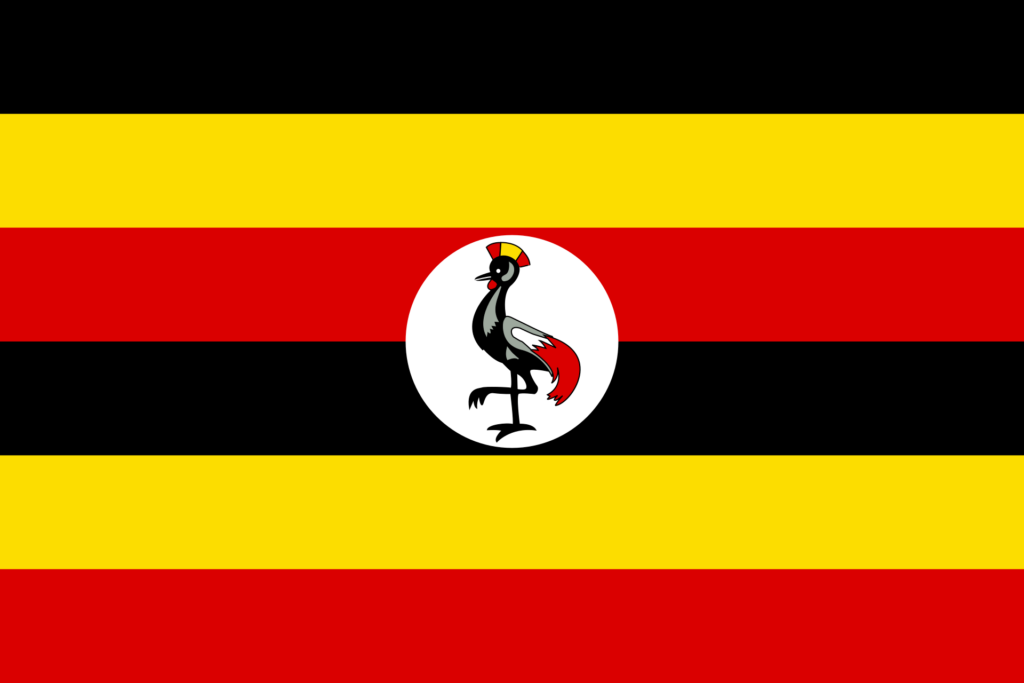
The flag of Uganda is distinguished by its unique design, featuring six horizontal stripes in a striking sequence, with a white circle at the center. This circle is home to a detailed depiction of the grey-crowned crane, a symbol of the nation, poised gracefully on one leg.
The crane’s orientation, facing the flagpole, mirrors Uganda’s forward-looking perspective and commitment to progress, standing as a powerful emblem of the country’s character, weaving together elements that reflect the unity among its people and the rich narrative of Uganda.
Flag of Uganda: Color Palette
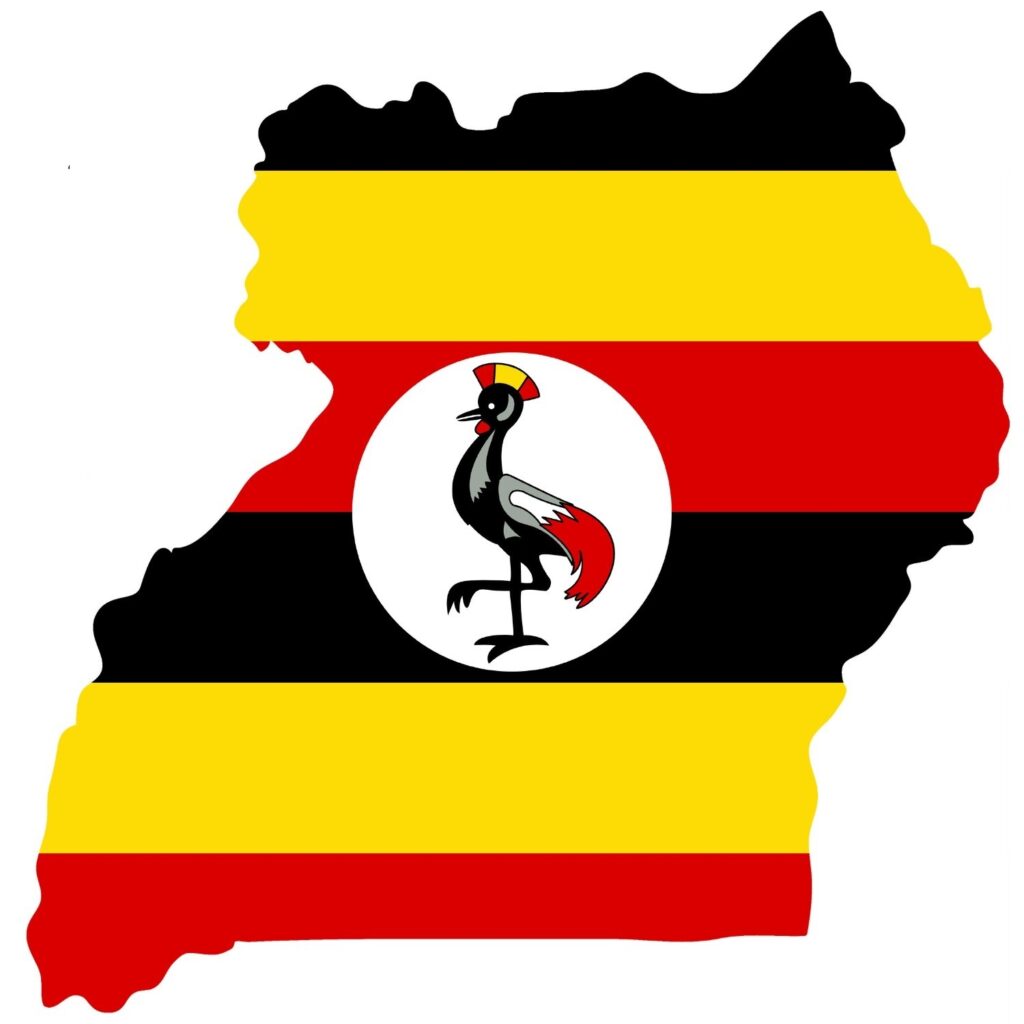
Uganda Flag Emoji: 🇺🇬
The color palette of the Ugandan flag, deeply rooted in the nation’s equatorial setting, encapsulates a blend of hues that reflect its diverse landscapes and vibrant culture. Each carefully chosen color mirrors Uganda’s unique characteristics and values, from its lush terrain to its radiant spirit.
Meaning of Each Color
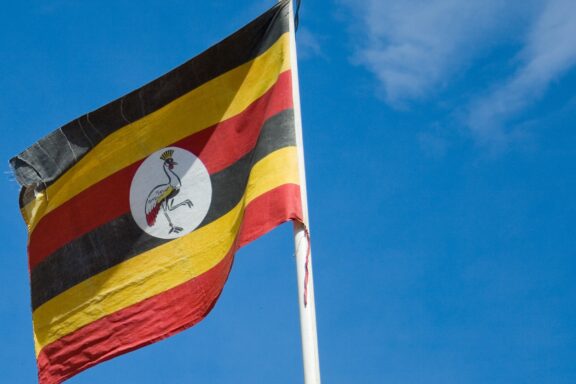
Black
Historically, black has been a symbol of the African people, representing the skin color of the indigenous population of Uganda.
It embodies the strength, resilience, and dignity of Ugandans, acknowledging their roots and heritage. This color serves as a reminder of the country’s journey through the ages, from the days of ancient kingdoms to the present.
Yellow
Yellow shines brightly on the flag, symbolizing the equatorial sun’s constant presence over Uganda. This color is deeply tied to the country’s natural beauty and resources, highlighting the fertile lands and favorable climate that sustain its people.
Culturally, yellow is associated with warmth, happiness, and optimism, reflecting the spirit of the Ugandan people and their hopeful outlook toward the future.
Red
Red represents the shared blood and brotherhood of Ugandans and the wider African community. It speaks to people’s deep connections and unity, transcending borders and ethnicities.
This color also symbolizes the sacrifices made by the nation’s forebears, commemorating their struggles for freedom and independence.
Coat of Arms of Uganda
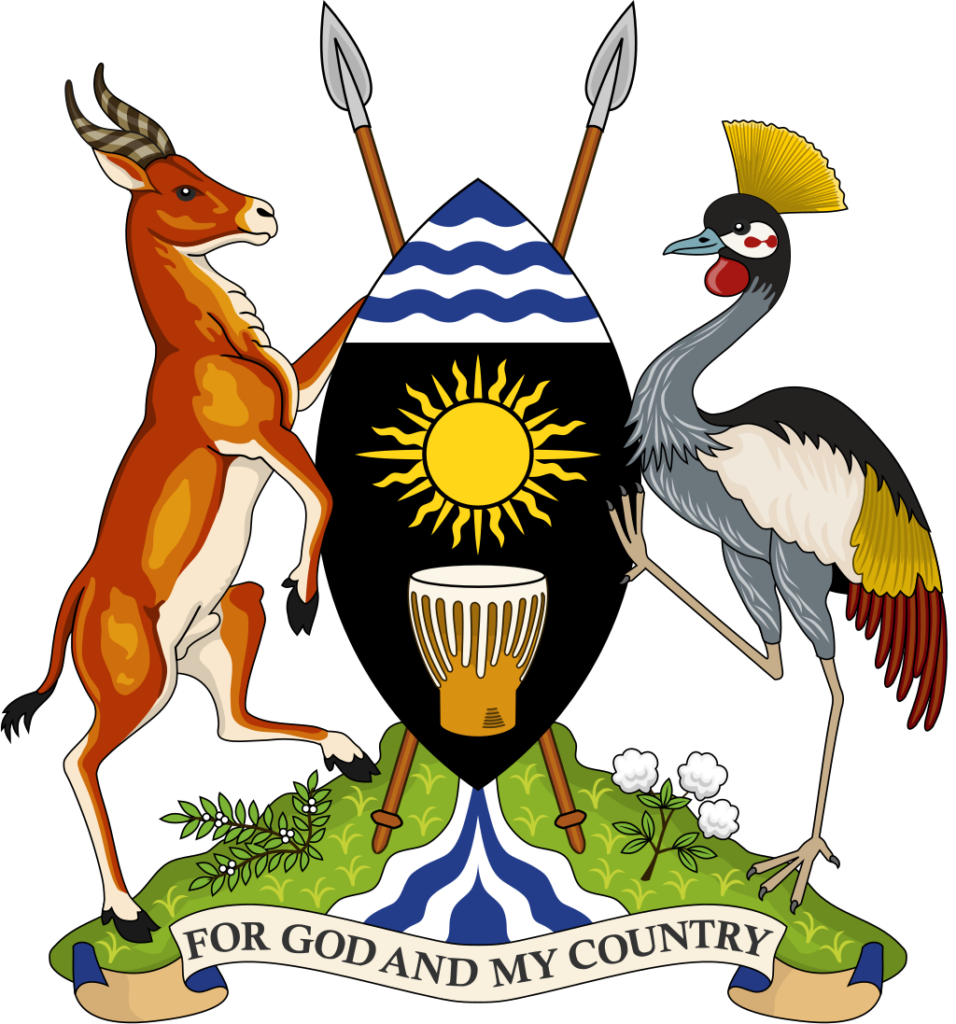
Uganda’s Coat of Arms, distinct from the flag, encapsulates the country’s identity, aspirations, and natural wealth. A shield and spears are central to the Coat of Arms, signifying readiness to defend the nation’s sovereignty.
The shield is adorned with symbols representing Uganda’s geographical features and cultural heritage:
- The waves at the top of the shield symbolize Uganda’s major lakes, Victoria and Albert, crucial to the nation’s ecology and economy.
- The sun at the center stands for the abundant sunshine, a vital resource for this equatorial country, fostering its lush landscapes and agricultural productivity.
- The traditional drum below the shield highlights the importance of music and dance in Ugandan culture, used in ceremonies and community gatherings.
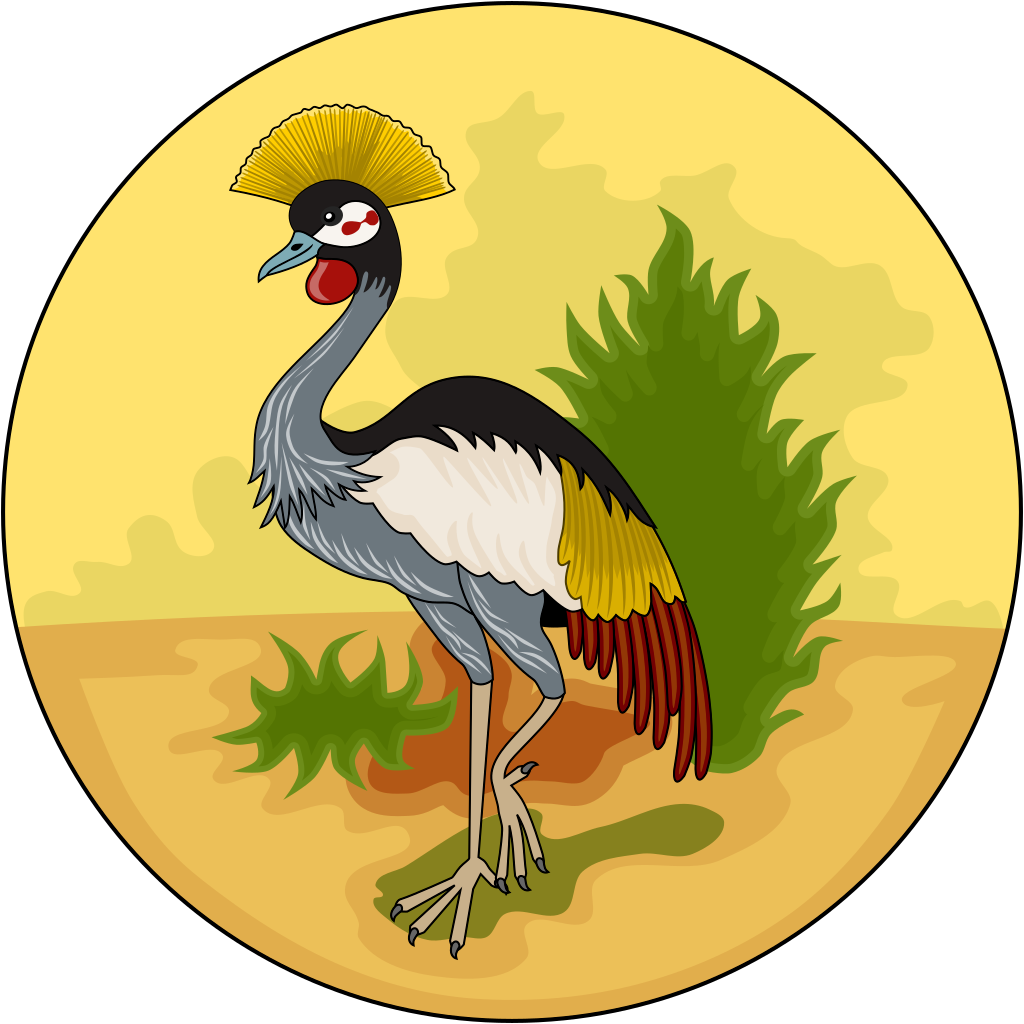
The Crested Crane and the Ugandan Kob support the shield, representing the rich biodiversity and wildlife.
- The graceful and peaceful Crested Crane is the national bird, reflecting the gentle nature of the Ugandan people.
- The Kob symbolizes the country’s abundant wildlife, an essential aspect of Uganda’s natural heritage.
The Coat of Arms rests on a green mound, indicative of Uganda’s fertile lands, with representations of the River Nile and the country’s key cash crops, coffee and cotton, on either side.
At the base, the national motto, “For God and My Country,” encapsulates the patriotic fervor and faith that underpin the Ugandan ethos.
Together, the elements of Uganda’s Coat of Arms narrate a story of a nation rich in natural beauty, cultural traditions, and a resilient spirit committed to unity and progress.
Historical Evolution and the Meaning Behind Changers
The Ugandan flag, adopted on October 9, 1962, symbolizes the country’s transition from colonial rule to independence.
Before this, Uganda used various flags representing colonial and protectorate authorities, including the British Union Jack and regional emblems like the Buganda Kingdom flag.
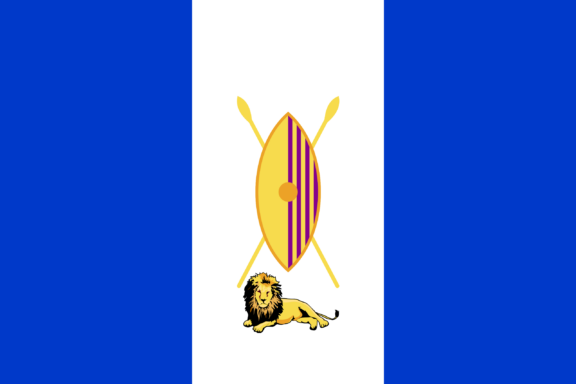
The move to independence necessitated a new flag that could unite the nation under a single emblem, distinct from its colonial past.
After their electoral victory, the final flag design emerged from the Uganda People’s Congress, moving away from the initial proposals by the then-governing Democratic Party.
This design eschewed colonial symbols in favor of a representation that resonated with the Ugandan people’s aspirations, identity, and the natural environment. Central to the flag is the grey-crowned crane, a local symbol of grace and the nation’s forward-looking perspective.
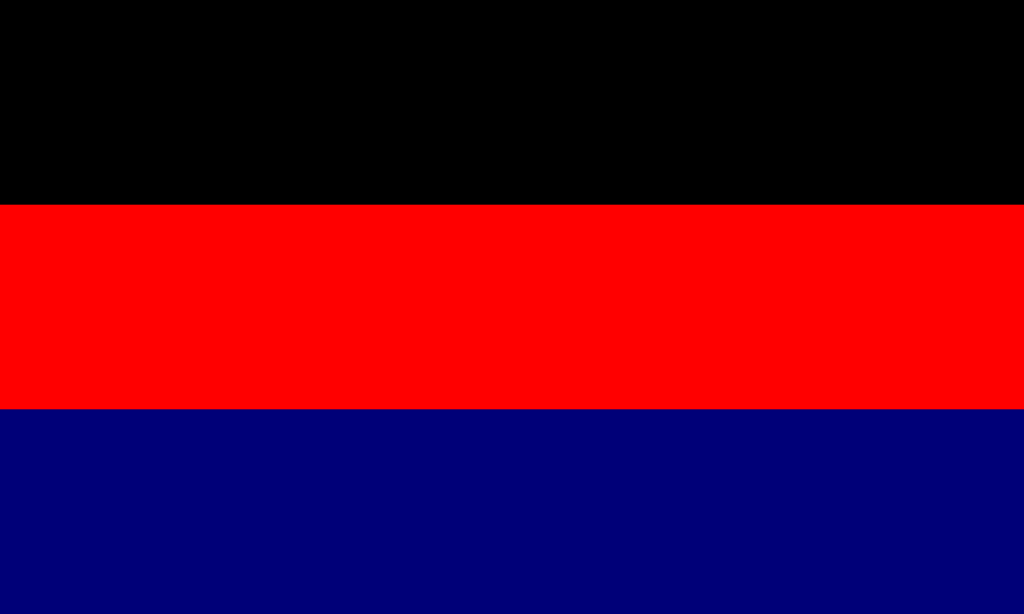
Since its adoption, the flag’s design has remained constant, encapsulating Uganda’s enduring spirit. For a more detailed exploration of the flag’s history and symbolism, sources like Wikipedia and World Atlas offer comprehensive insights.
Overall Symbolic Meaning of the Flag
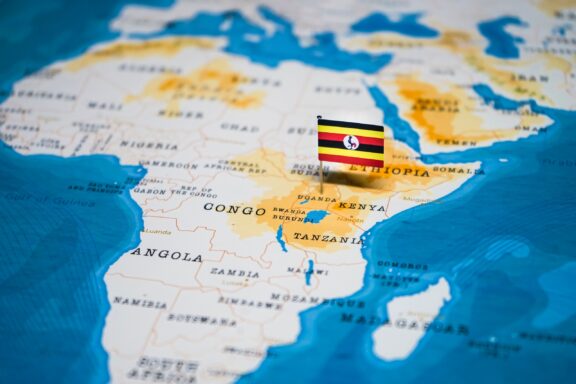
The Ugandan flag stands as a symbol of the nation’s sovereignty, embodying its journey towards independence and the harmony of its people.
At its heart, the flag conveys a message of unity and progress, with elements that underscore the country’s commitment to moving forward as a cohesive community. It serves as a beacon of national pride, encapsulating the essence of Uganda’s spirit.
Similar Flags to the Flag of Uganda
Let’s delve into the top flags that echo Uganda’s flag’s design or color scheme, uncovering the stories and connections behind these resemblances.
Angola
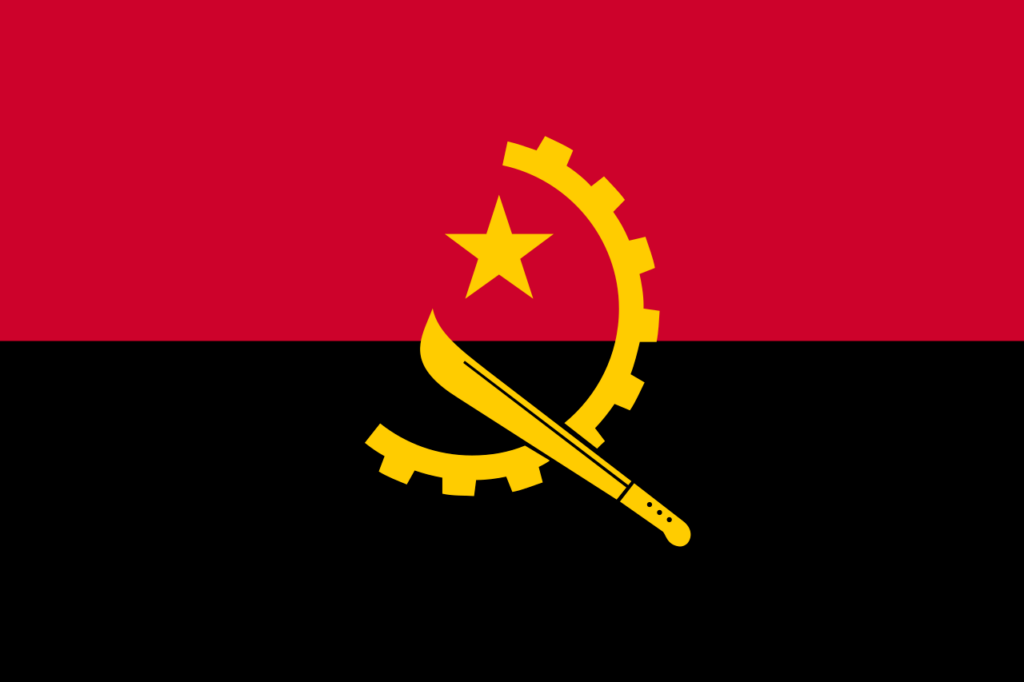
The flag of Angola features red and black colors, which are also present in the Ugandan flag. The red in the Angolan flag represents the struggle for independence, while the black symbolizes the African continent.
Although both flags use red and black, the symbolism behind these colors and the overall designs of the flags are distinct to each country’s narrative.
Germany

The flag of Germany shares a color palette with Uganda’s flag, though the similarities end there. Rooted in Germany’s own rich history, the color scheme of its flag has no direct link to Uganda, with each stripe carrying its own significance tied to German heritage.
The arrangement and the historical narratives behind the German flag are unique, emphasizing the diverse ways in which similar colors can be employed across different national symbols to convey distinct identities and stories.
Final Thoughts
The Ugandan flag’s colors weave a narrative of resilience and unity, capturing the nation’s nature. In the global array of flags, it stands as a testament to Uganda’s distinct identity and the pride of its people.
Image Sources and Copyright Information
- Ugandan Flag Against Blue Sky: © mattlucht/Flickr | CC BY 2.0 Generic
- Uganda Flag Pin on Map: © hyotographics/Shutterstock